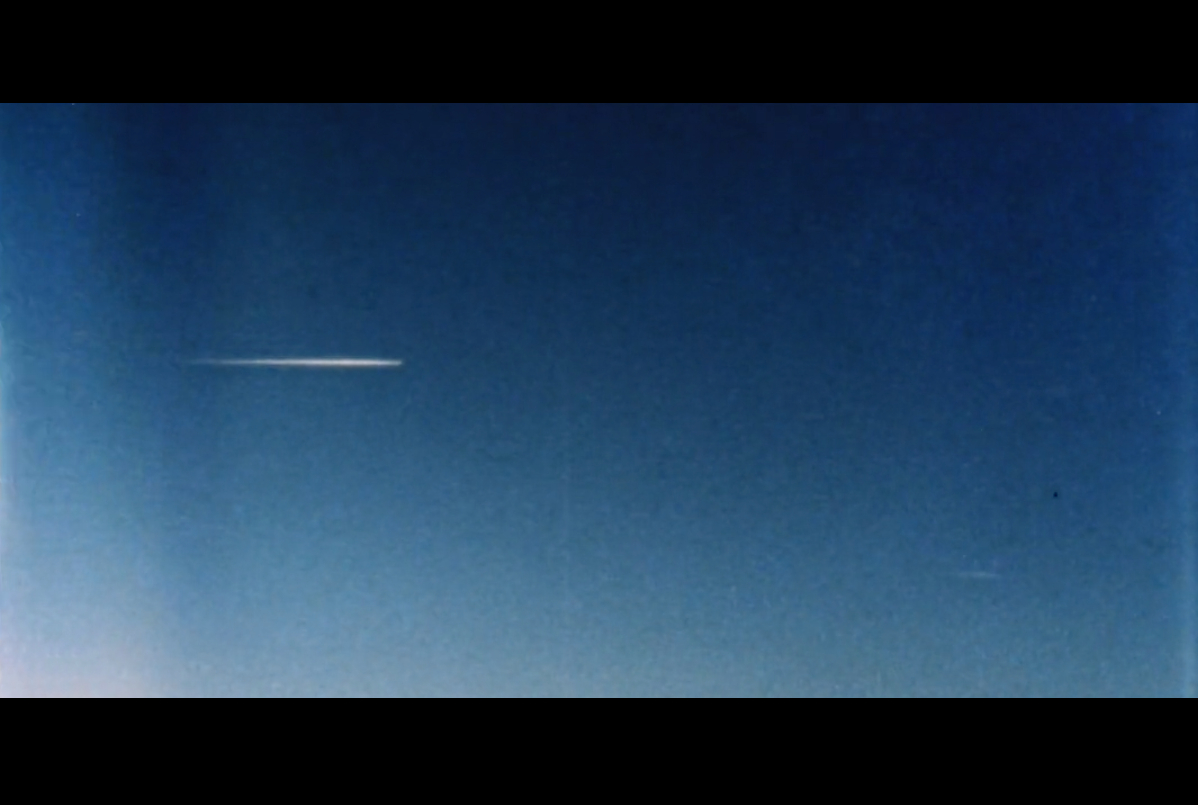Noticed

When I started climbing in 1992, propelled there from a world of SEGA and bad acid, it was a place where everything felt real, where new experiences and friendships went deep. Your heroes, who were barely known about or even properly understood, smoked tobacco, wore dreadlocks and (sometimes) risked their necks in pursuit of something intangible to me then and now. Small pieces of information trickled down through magazines and word of mouth at the crag. John "Fritz" Sumner traversed the quarried sandstone wall about a mile from my Village home, and I gawped at photos of Crispin Waddy and Nick Dixon climbing lines in places that barely existed. Beginner's mind.
25 years later the world and climbing has changed and while I’m sure the human psyche hasn’t (that much at least) its interaction with the real and virtual world of our experiences has. Our memories quickly become absorbed into the information super-highway and like the "automatic thoughts" on the periphery of our consciousness they are sometimes noticed and quickly forgotten. Every action within climbing has been commoditized from the movement over rock to the cleaning of lichen and payment is sometimes received in terms of "likes" and "followers". There is a sense of a relentless and ruthless pursuit where deeper experiences are often bypassed for a different kind of gratification.
I became interested in videography about eight years ago, like many as a way of recording my ascents. Over time, this has dwindled to being the smallest and least significant part. I’m fascinated by what lies in the cracks between things, the bits that hold the bigger pieces together or push them apart. While aesthetics and composition hold some importance they often serve to obscure or ruin the underlying story. I shot and home-processed this short piece of film taken at Slipstones about a month ago; Developed in the wrong chemistry, scratched by clumsy removal of the film from the cartridge in a makeshift darkroom and further botched by uneven removal of an awful anti-static remjet layer. I believe the end result in some iways is the thing I’ve been most proud of making and is in part visually and tonally representative of what I aspire to.
With regards to the process, like all things it seems to come with a series of expensive mistakes and happy accidents. The film is Kodak Colour Negative Vision 3 50D processed in a Tetenal C41 chemistry kit in a Lomo tank UPB1-A. I followed instructions for push processing at 38 degrees and gave it double the amount of time in the bleach-fix (blix) bath. I believe that if I had removed the film and remjet layer more carefully it would have been very good. This is my first time processing film and it is a relatively expensive and time consuming process that requires a bit of research beforehand. I'd really recommend colour reversal film processing which I’m going to do from now on. No remjet layer to deal with, less precise time / temperature control in developing and you can buy a projector and display it at home with no digital intermediate needed.
